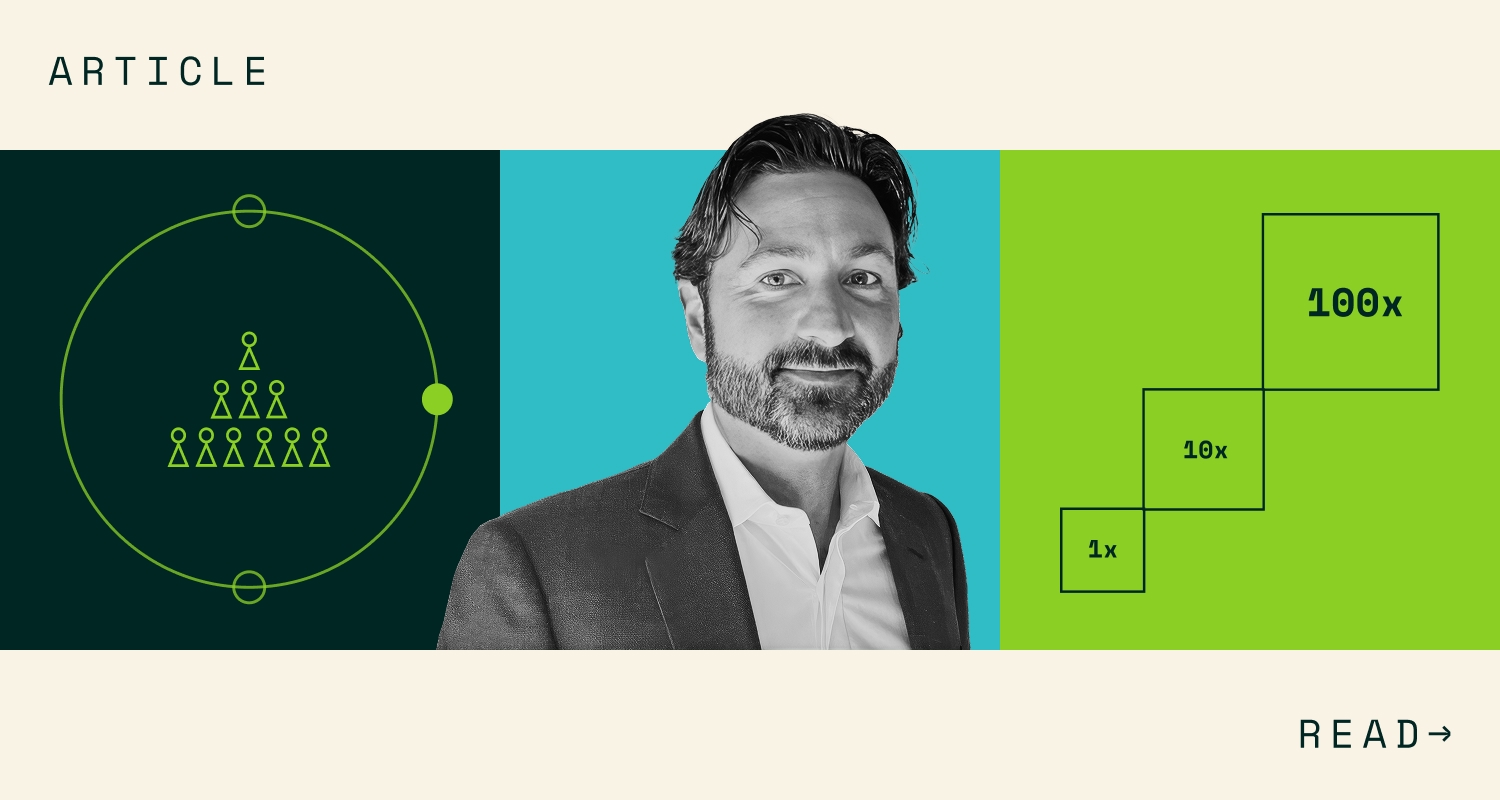We’ve all heard that saving three to six months of expenses in an emergency fund should be a top priority. While it is a great goal, that can be an overwhelming place to start, especially in the middle of a pandemic. We encourage savers to start your emergency fund savings with a small goal, such as $500, and build from there. Try these simple steps to get started building a reserve of cash for unexpected expenses:
1. Take it day by day
Pick a realistic number you could work toward in the short term. For example, start with “taking yourself to dinner” and put the amount you would spend going out to eat into your savings account.
2. Pick something and cut it
Try a specific task that can contribute to your goal. That could be two weeks of no takeout or cancelling a cable subscription you never use. You may want to identify one discrete thing you can cut, and stick to it.
3. Make it easy on yourself
An easy way to save more consistently is to set up automatic transfers from your checking to your savings account. You might be able to set aside a percentage of your paycheck to go directly to your emergency savings account each pay period.
4. Don’t let debt get in the way
Saving might be the last thing on your mind. Especially if your debt carries high-interest rates—like credit cards. It might make sense to aggressively pay down those balances first. But if your rates and balances manageable, consider if you can work on both goals at the same time. And try reaching out to debtors for adjustments to interest rates for good payment history. Then allot funds to both debt and savings each month!
5. Keep your funds accessible—but away from temptation
Emergency funds must be available when you need them, but not so accessible that you’ll be tempted to use them for everyday expenses. That means not locking them up in accounts that charge you to access your money, but also not in the same checking account you use day-to-day. Consider creating a separate, interest-bearing, FDIC-insured savings or money market account.
6. Now, up the ante
Don’t stop once you’ve hit your initial savings target. Steadily increase your savings goals until you have put aside enough money to cover your expenses for three to six months—a significant buffer against unexpected emergencies.
Want More Saving Tips?
- How to Keep Financially Healthy During the Coronavirus Outbreak
- Where to Get Financial Help During The COVID-19 Crisis
- 8 Simple Ways to Save Money
Disclaimer: This content is intended for informational purposes only and should not be construed as legal, medical or tax advice. It provides general information and is not intended to encompass all compliance and legal obligations that may be applicable. This information and any questions as to your specific circumstances should be reviewed with your respective legal counsel and/or tax advisor as we do not provide legal or tax advice. Please note that this information may be subject to change based on legislative changes. © 2020 Sequoia Benefits & Insurance Services, LLC. All Rights Reserved
Pensionmark® Financial Group, LLC (“Pensionmark”) is an investment adviser registered under the Investment Advisers Act of 1940. Pensionmark is affiliated through common ownership with Pensionmark Securities, LLC (member SIPC). Pensionmark Financial Group, LLC/Pensionmark Securities, LLC and Sequoia are non-affiliated entities.




